Plasma Arc Welding (PAW) is a highly precise and efficient welding method that uses a plasma arc to join metals. This advanced process is widely used in industries requiring exceptional weld quality and accuracy, such as aerospace, electronics, and medical device manufacturing. With its ability to produce fine, consistent welds, plasma arc welding is a valuable technique for applications demanding high precision.
What is Plasma Welding?
Plasma welding is a specialized type of arc welding that uses an electrically conductive gas, or plasma, to transfer heat to the workpiece. The plasma is created by ionizing gas with an electrical arc, which generates extremely high temperatures.
Unlike conventional welding methods, plasma arc welding separates the plasma arc from the shielding gas using a small nozzle, allowing for better control and precision. This makes it ideal for welding thin metals and performing detailed work where traditional methods might fall short.
Plasma Arc Welding Process
The plasma arc welding process involves several key steps:
- Plasma Creation: An electric arc is struck between a tungsten electrode and the workpiece. This ionizes the gas (often argon or a mixture of argon and hydrogen), creating a plasma arc.
- Plasma Constriction: The plasma is funneled through a narrow nozzle, increasing its temperature and velocity. This focused arc provides greater precision and control over the weld.
- Material Melting and Joining: The intense heat from the plasma arc melts the base materials at the joint, forming a weld pool. The molten metal solidifies as the torch moves, creating a strong bond.
- Shielding Gas Protection: A shielding gas flows around the arc to protect the weld area from atmospheric contamination, ensuring a clean and defect-free weld.
This process can be used in both manual and automated setups, depending on the complexity and scale of the project.
Pros and Cons of Plasma Welding
Pros
- High Precision: Plasma welding offers exceptional control over the weld, making it suitable for intricate work and thin materials.
- Consistent Weld Quality: The constricted arc provides uniform heat distribution, resulting in cleaner, stronger welds.
- Versatility: This method can be used on a wide range of metals, including stainless steel, titanium, and nickel alloys.
- Minimal Distortion: The focused arc minimizes heat-affected zones, reducing the risk of material distortion.
- Automation-Friendly: Plasma welding can easily be integrated into automated systems for high-volume or repetitive tasks.
Cons
- High Equipment Cost: The specialized equipment required for plasma welding can be expensive compared to traditional welding methods.
- Complex Setup: The process requires precise settings and skilled operators, making it less suitable for beginners.
- Limited Application: While effective for thin materials and detailed work, it may not be the best choice for heavy-duty welding tasks.
- Maintenance Requirements: The nozzle and other components require regular maintenance to ensure optimal performance.
Conclusion
Plasma arc welding is a cutting-edge technique that delivers precision, consistency, and versatility for demanding applications. While it comes with higher costs and complexity, its ability to produce high-quality welds makes it an invaluable tool in industries that require exacting standards.
Whether you’re working on aerospace components, medical devices, or other high-precision projects, plasma arc welding provides the control and reliability needed to achieve exceptional results. By understanding its process and benefits, manufacturers can leverage this advanced method to enhance their production capabilities and product quality.

